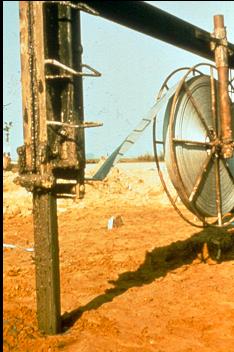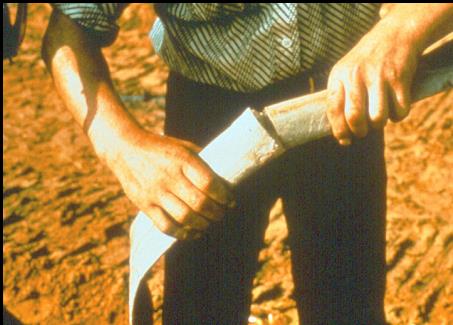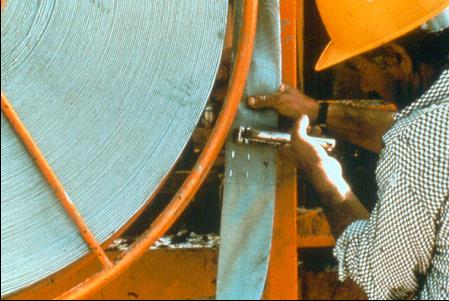



<p><p><figure id='attachment_3548' style='max-width:1024px' class='caption aligncenter'><img class="wp-image-3548 size-large" src="https://www.geoinstitute.org/sites/default/files/geotech-tools-uploads/…; alt="Schematic cross section showing PVD installation in foundation soils under an embankment and showing the typical locations of instrumentation." width="1024" height="642" /><figcaption class='caption-text'> Generic PVD Installation for a Highway Embankment. (FHWA, 2006)</figcaption></figure></p><p>PVDs are band shaped (rectangular cross-section) products consisting of a geotextile filter material surrounding a plastic core that allow water flow. PVDs are used to accelerate the consolidation rate and strength gain of saturated, soft foundation soils by reducing drainage path lengths. Fill loading consists of a temporary surcharge load placed on the top of embankment to accelerate settlement in foundation soils. Advantages include reduced construction time, low cost, no spoil, durable and extensive experience. This technique is applicable to new embankments on unstable soils and embankment widening.</p><p>
